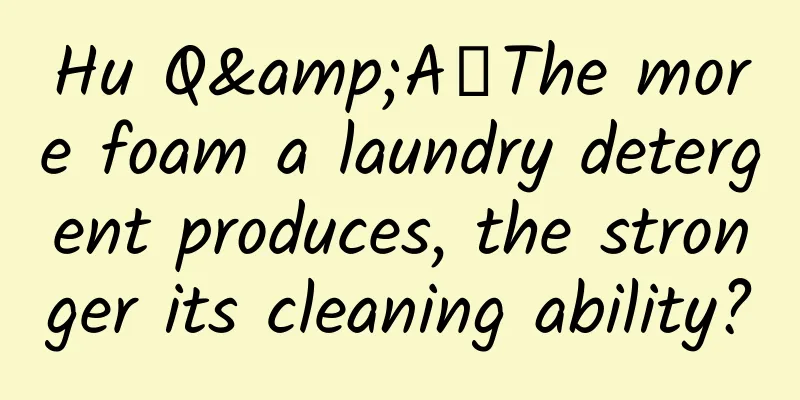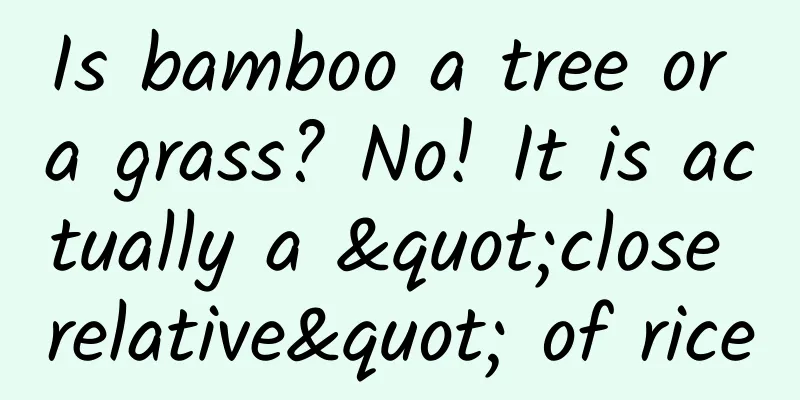Hybrid App Development: Using WebView to Load Pages

|
Hybrid App is the abbreviation of hybrid mode application, which has the advantages of both Native App and Web App, with low development cost and cross-platform characteristics of Web technology. Currently, all the middleware-based mobile development frameworks we know of adopt the Hybrid development model, such as PhoneGap , Titanium, Sencha from abroad, and AppCan, Rexsee, etc. from China. The Hybrid App development model is being recognized by more and more companies and developers, and I believe it will become the mainstream mobile application development model in the future. The principle of Hybrid App fusion Web App is to embed a WebView component, in which you can load pages, which is equivalent to an embedded browser. The code is as follows:
Another way to introduce it is to add the WebView component in the layout file. The code is as follows:
WebView also has a very important method - addJavascriptInterface, which can be used to implement mutual calls between Java programs and JavaScript programs. The code is as follows:
The page code is as follows:
In this way, when you click the Click Me button on the page, the clickOnAndroid function in the Java code will be called, and the clickOnAndroid function will call the wave method in the page. It should be noted that this interface will cause WebView to crash when running in the Android 2.3 version of the emulator, and it has not been fixed yet. This is a very simple example of demonstrating the mutual calls between Java and JavaScript. In actual applications, the clickOnAndroid function called by the page can call device functions such as camera, address book, notification reminder, etc. |
<<: Tingyun CTO: AWS and Tingyun join hands to create a domestic cloud + APM model
>>: Frameworks and tools that hybrid app developers must not miss
Recommend
APP promotion: How to acquire users through cold start?
Acquiring users is the beginning of achieving use...
Overview of advertising in the second category of e-commerce industry in 2020
In 2020, due to the impact of the epidemic, a lar...
There are predictable winds and clouds in the sky! Fengyun-3G satellite was successfully launched. What are the highlights?
Your browser does not support the video tag Xinhu...
NetEase Cloud Music Product Analysis: The Product Logic Behind the Drastic Increase in Data
NetEase Cloud Music was launched in April 2013, a...
Intel and Micron achieve breakthrough 10TB solid-state drive
In the notebook computer industry, solid-state dr...
Apple selected 9 particularly outstanding apps in 2019
I've never been to a "press conference&q...
Tips for operating a TikTok account with huge traffic!
Today I want to talk to you about the quality of ...
Case analysis: How to play information flow video advertising? Analyzing new video advertising tactics!
In the era of "content consumption", in...
4 modules, a brief analysis of "New User"
In this article, I will explain "new additio...
Does a brand website need to add the website name in the title of each web page?
Does a brand website need to add the website name...
World Quantum Day丨What is the difference between quantum measurement and ordinary measurement?
April 14 is World Quantum Day. Why was this date ...
A complete guide to live broadcast planning: traffic acquisition + script process + live broadcast speech
The live broadcast industry is in full swing. I b...
In addition to DHA, this nutrient is also an important component for the baby's brain development.
DHA, known as "brain gold", is very imp...
In 2022, both liberal arts and science majors will have to escape from the palm of their hands | New Year's Day Special
Although the New Year is just a time scale artifi...









